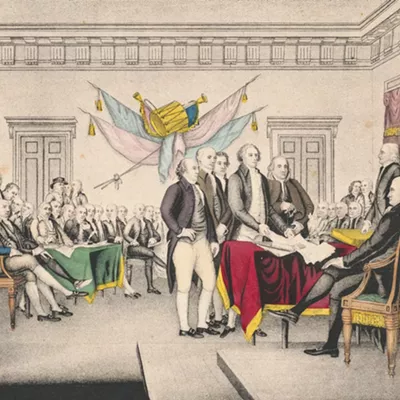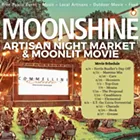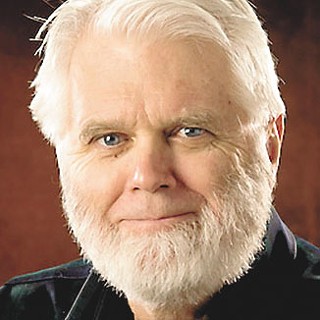The issues raised by our teachers over the past few weeks actually go beyond their immediate concerns of pay and class sizes. Thus the publication of Diane Ravitch's latest book, Reign of Error, couldn't be timelier. She lays out her thesis in her subtitle: The Hoax of the Privatization Movement and the Danger to America's Public Schools.
Ravitch makes the strong case that school performance problems aren't the fault of teachers, nor will standardized testing do anything but make things worse. Bush's No Child Left Behind, she argues, was a disaster; Obama's Race to the Top is just as bad. The root of the problems facing schools, she says, isn't tenured faculty or unions; rather, it is poverty and inequality. She wants to know why the education-focused foundations and the government don't spend more on early childhood development and nutrition.
Ravitch's criticism centers on the question of privatization, as in charter schools — a phenomenon just starting to take root in Washington state. Elsewhere, however, there is a track record and plenty of evidence to show it's become more of a cash grab than a way to fix public education.
As Ravitch writes, these charter schools have argued in court to be treated as private entities; there are even for-profit, multistate charter school chains operating from Brooklyn to Phoenix. They rely on taxpayer money with little public oversight, meanwhile draining resources previously directed at public schools.
Still, there's no denying that the public education establishment frustrates parents and students alike. My first four kids went to public school during the 1970s, just in time to run into the latest public education fad — "New Math," which assured they would become thoroughly confused and hate the subject.
Truth is, the schools of education at our colleges and universities have always been a big part of the learning problems. Consider the several math gyrations that, over the years, have taken the establishment by storm:
1970 (Traditional Math): A logger sells a truckload of lumber for $100. His cost of production is $80. What is his profit?
1975 (New Math): A logger exchanged a set L of lumber for a set M of money. The cardinality of the set M is 100 and each element is worth $1. So: Make 100 dots representative the elements of set M. Set C, representing the cost of production, contains 20 fewer points than set M, so represent the set C as a subset of the set M. Finally, what is the cardinality of the set P of profits?
1990 (Dumbed-Down Math — good for self-esteem, which the New Math had trashed): A logger sells a truckload of lumber for $100. His cost of production is $80 and his profit $20. Underline the number 20.
1997 (Whole Math, reflecting the era of environmentalism): By cutting down the forest of beautiful trees, a logger makes $20. What do you think of this way of making money? How did the forest birds and squirrels feel? Draw a picture of the forest as you would like it to look.
It wasn't teachers who came up with this stuff. On the other hand, for those who look at this and yowl about how this kind of nonsense never would cut it in the private sector, well, they also miss the point. These run-it-like-a-business types might want to pay attention to the following quote from Ravitch's book:
Jamie Vollmer's ice cream company had been selected in 1984 by People magazine as the "Best Ice Cream in America." Speaking to a group of teachers, he said, "If I ran my business the way you people operate your schools, I wouldn't be in business for long."
He explained to the teachers that their schools were obsolete and educators resist change because tenure protects them. Business, he said, had it right; it operated on principle of Zero Defects, TQM — Total Quality Management.
The teachers sat sullen and silent until one asked the following question: "Mr. Vollmer, when you're standing on your receiving dock and you see an inferior shipment of blueberries, what do you do?"
"I send them back."
The teacher jumped to her feet, and said what Vollmer knew was coming: "That's right," she barked, "and we can never send back our blueberries. We take them big, small, rich, poor, gifted, exceptional, abused, frightened, confident, homeless, rude and brilliant. We take them with ADHD, junior rheumatoid arthritis and English as a second language. We take them all! Every one! And that, Mr. Vollmer, is why it is not a business. It's a school!
That teacher was right, of course. All democracies depend on public schools to take them all and do the best they can. But with big money coming to a charter school near you, and endless testing trickling down from sweeping federal programs, it's getting harder than ever to know what doing our best even looks like anymore. ♦


















